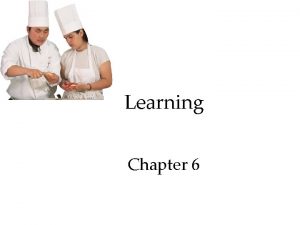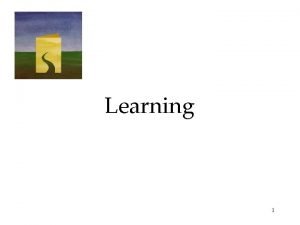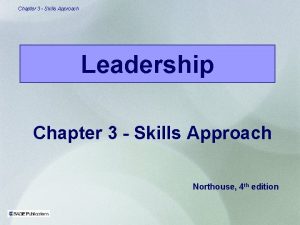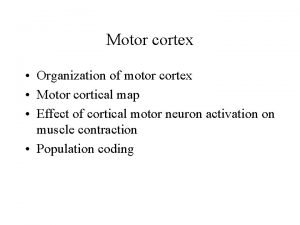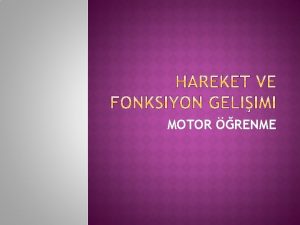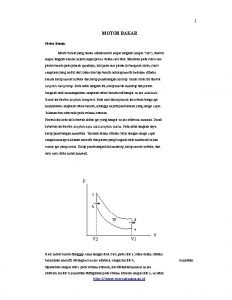Chapter 8 Motor Learning Motor Learning Defined Learning










- Slides: 10

Chapter 8 Motor Learning

Motor Learning Defined • Learning results from practice or experience. • Learning is not directly observable. • Learning changes are inferred from certain performance changes. • Learning involves a set of processes in the central nervous system. • Learning produces an acquired capability for skilled performance. • Learning changes are relatively permanent, not transitory.

Practice can have numerous effects on the learner • Relatively permanent effects that persist across many days, even years • Temporary effects that vanish with time or a change in conditions (positive or negative) • Simultaneous temporary and relatively permanent effects

Separating Temporary and Relatively Permanent Effects of Practice • Whenever learners practice, and especially when instructors intervene to enhance learning, it is important to have a way to separate the relatively permanent practice effects from the temporary effects.

Transfer Designs • A transfer design can analyze whether a change that improves performance in practice also improves learning. • Essential features of transfer designs: – Allow sufficient time for the supposed temporary effects of practice to dissipate. – The time needed will vary depending on the nature of the temporary effects. – Evaluate learners again in a transfer or retention test, with all groups performing under identical conditions. – Any differences observed in this transfer test are due to a difference in the relatively permanent capability for performance acquired during earlier practice.

Transfer of Learning • Transfer, closely related to learning, is seen when practice on one task contributes to performance capability in some other task. • Important in many instructional situations: – Complex skills may be broken down into simpler elements for beginning learners. – For safety or other reasons, the conditions under which practice is conducted are obviously quite different than the conditions in a real situation.

How Do You Measure Transfer in Your Sport? • Transfer concerns how performance on the transfer task is influenced by practice on some other task. – Mini Golf and then compare to 9 Holes

Positive and Negative Transfer • Positive transfer occurs when a treatment (e. g. , practice on another skill) facilitates performance over and above no practice. • What is an example of positive transfer in sport(s)? • Negative transfer occurs when a treatment (e. g. , practice on another skill) degrades performance in comparison to those that received no additional practice. • What is an example of negative transfer in a sport(s)?

Specific and Generalized Transfer • Specific transfer is a useful measure in cases in which the criterion for learning is performance on a specific task – Measured by delayed retention tests on that task • For generalized transfer, transfer to relatively different activities is the goal – Measured by some transfer test performed in the future that may involve a different task

Near and Far Transfer • Near transfer is transfer of learning from one task or setting to another that is very similar. • Far transfer is transfer of learning from one task to another very different task or setting. • Both are types of generalized transfer.


